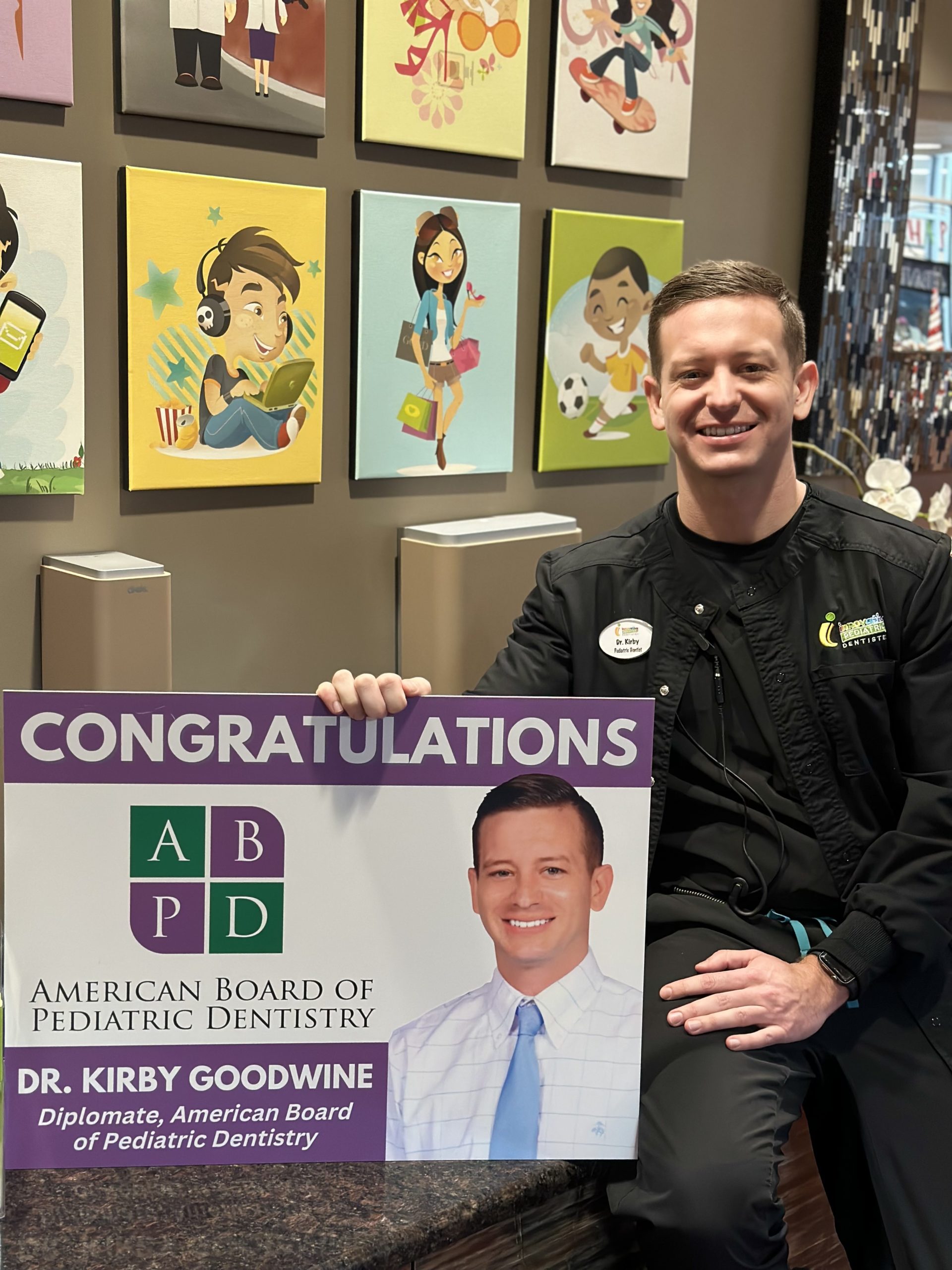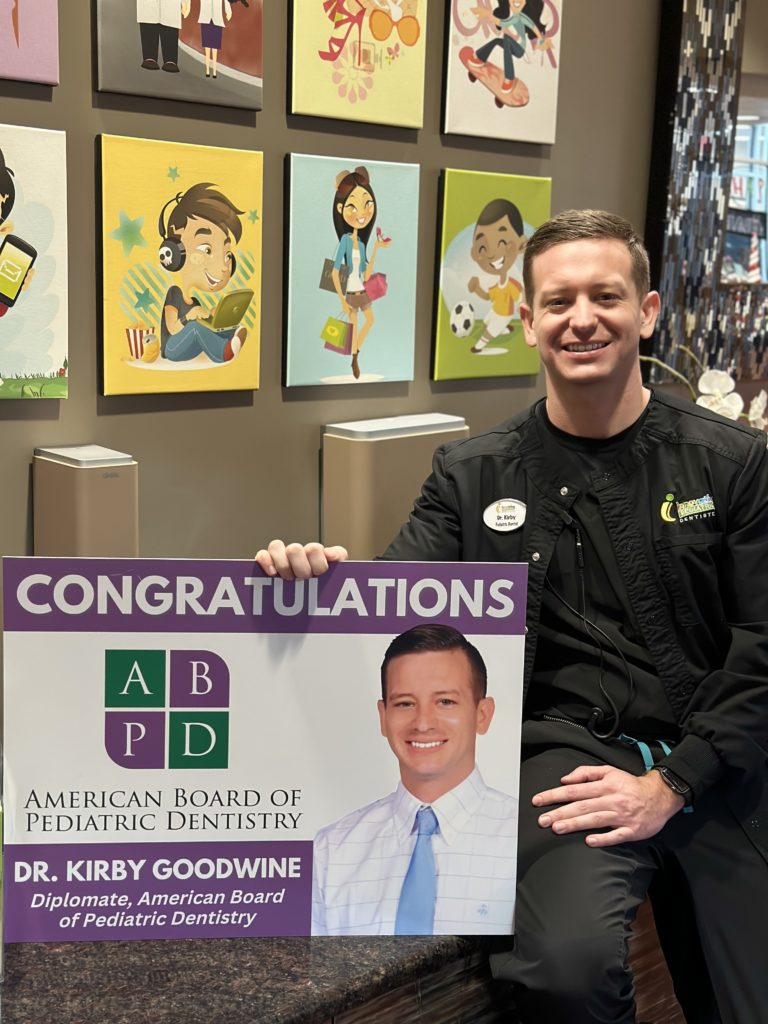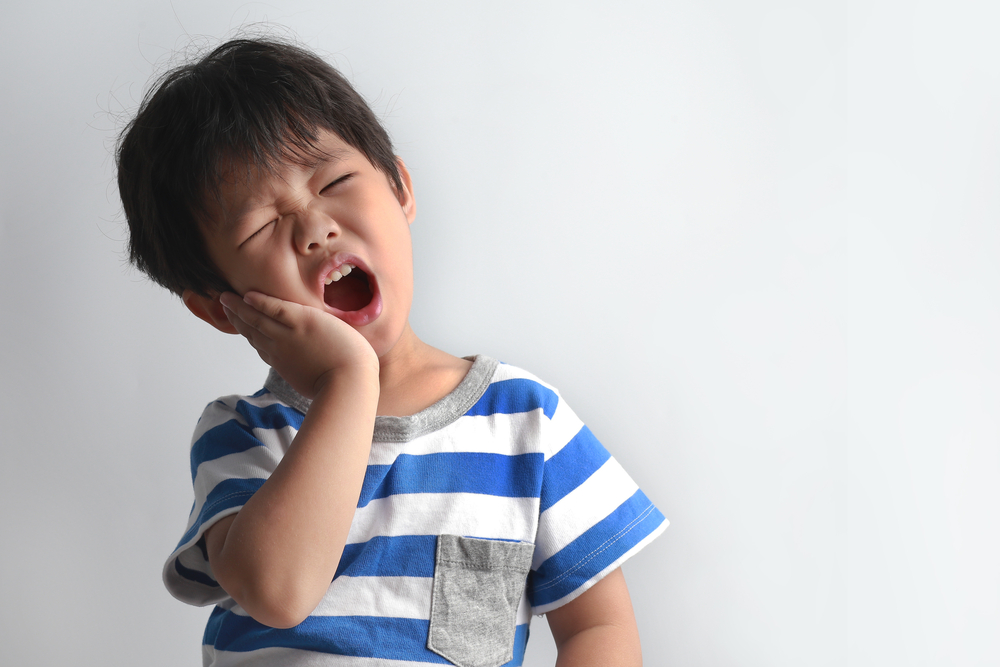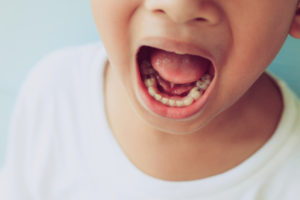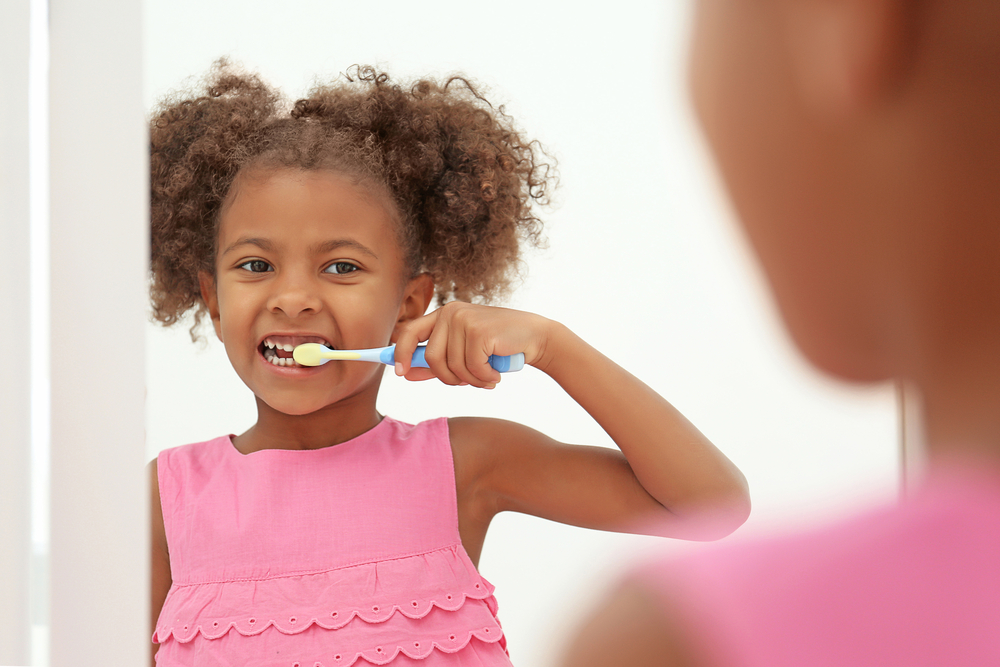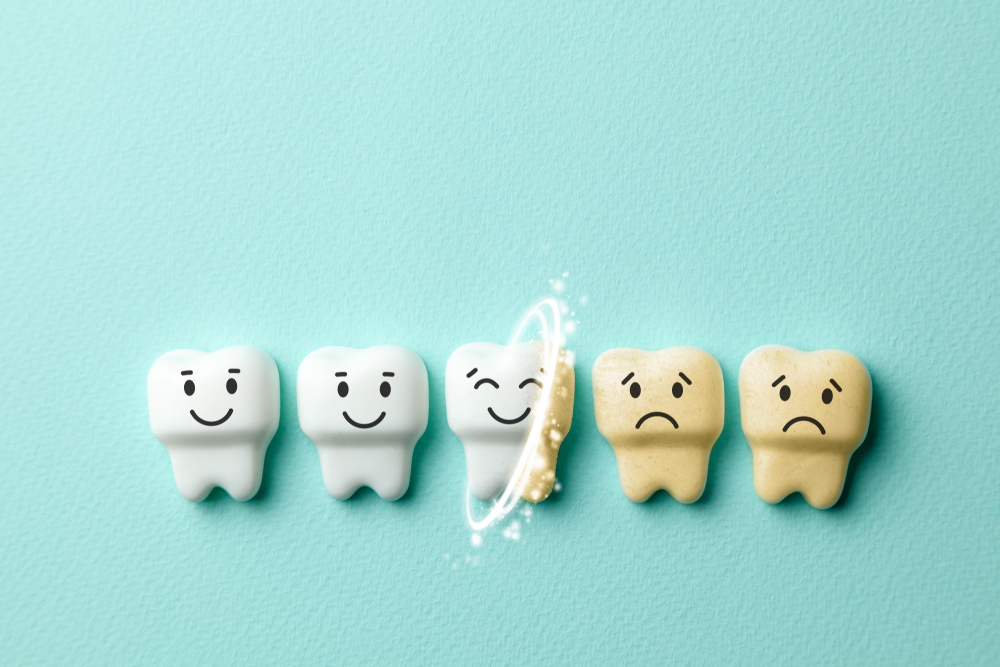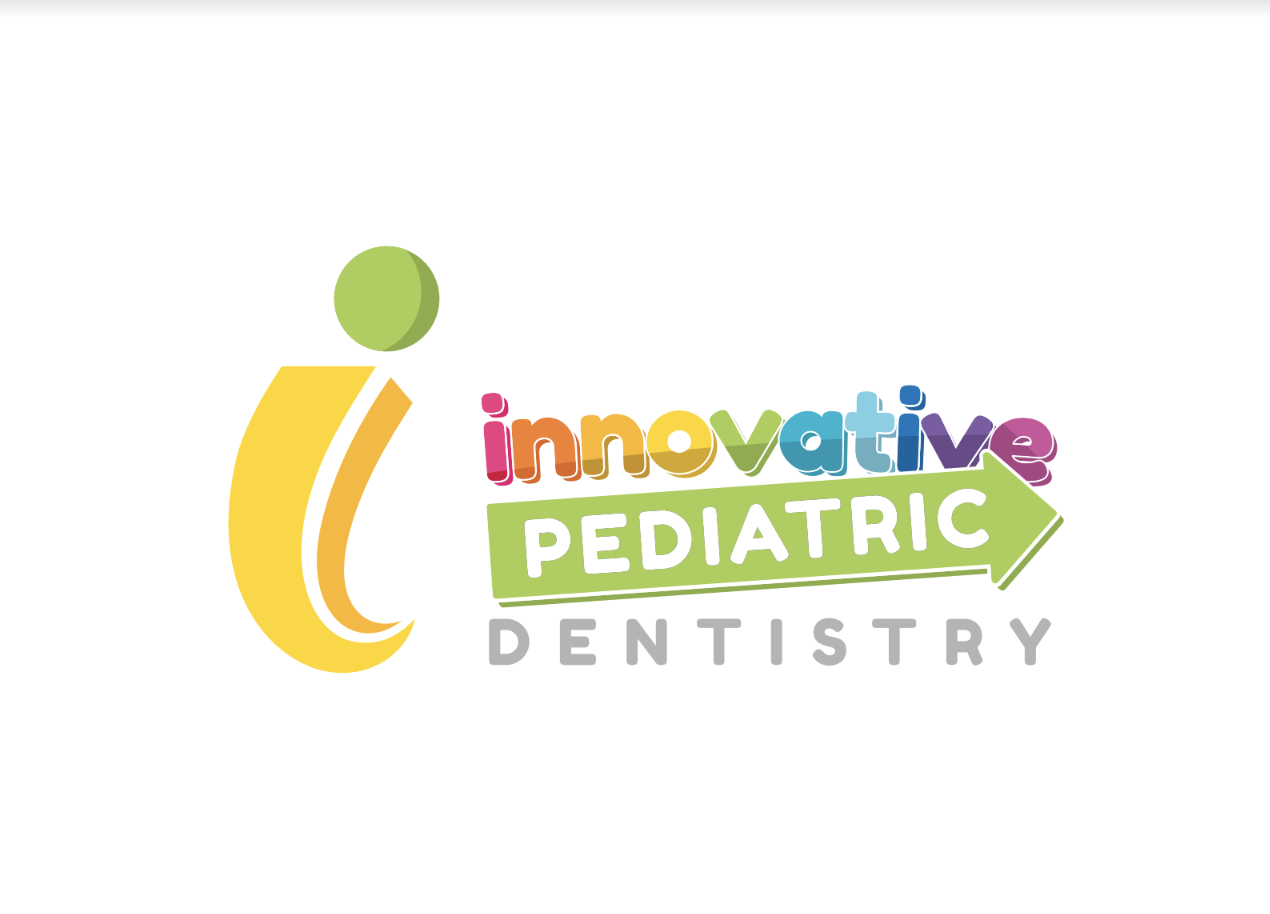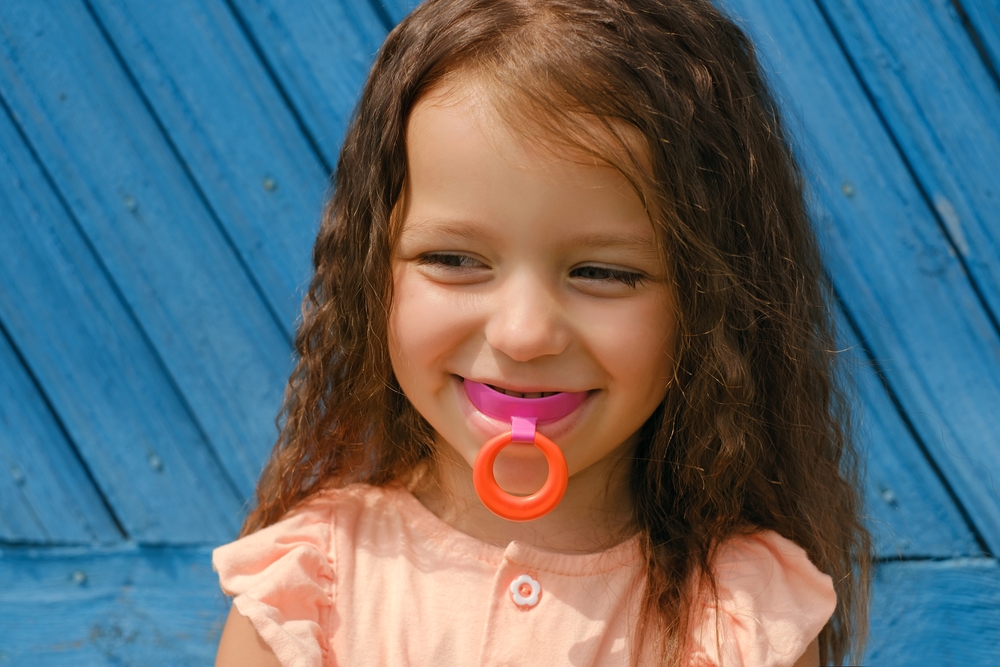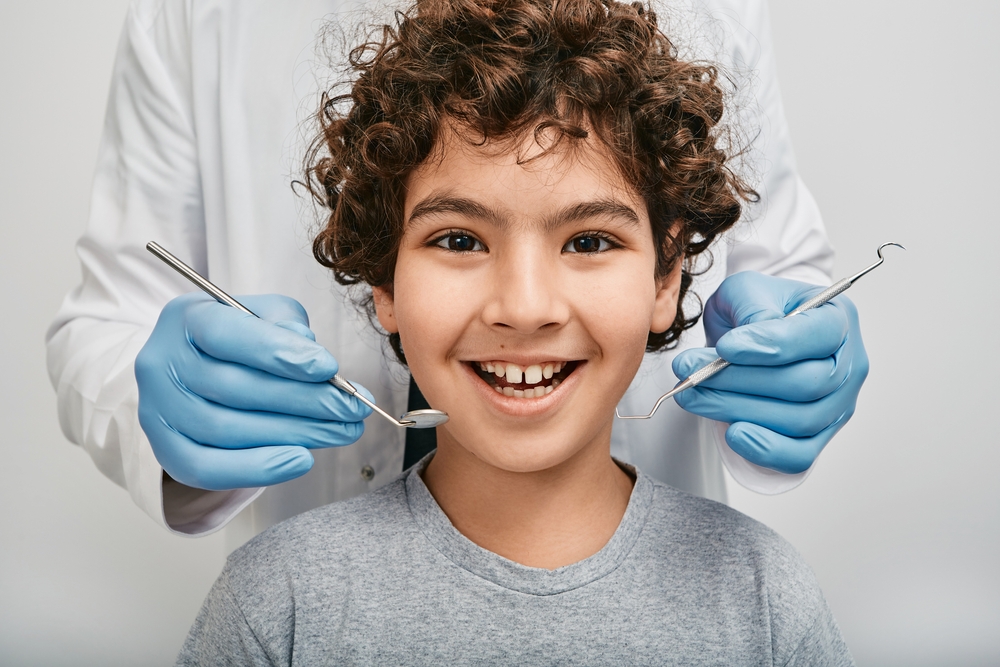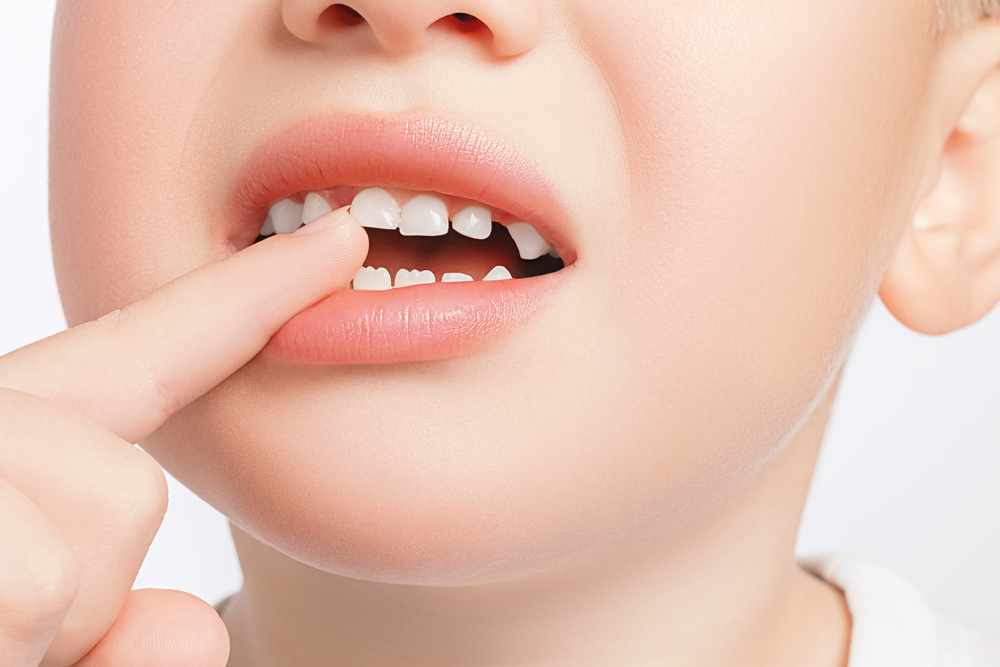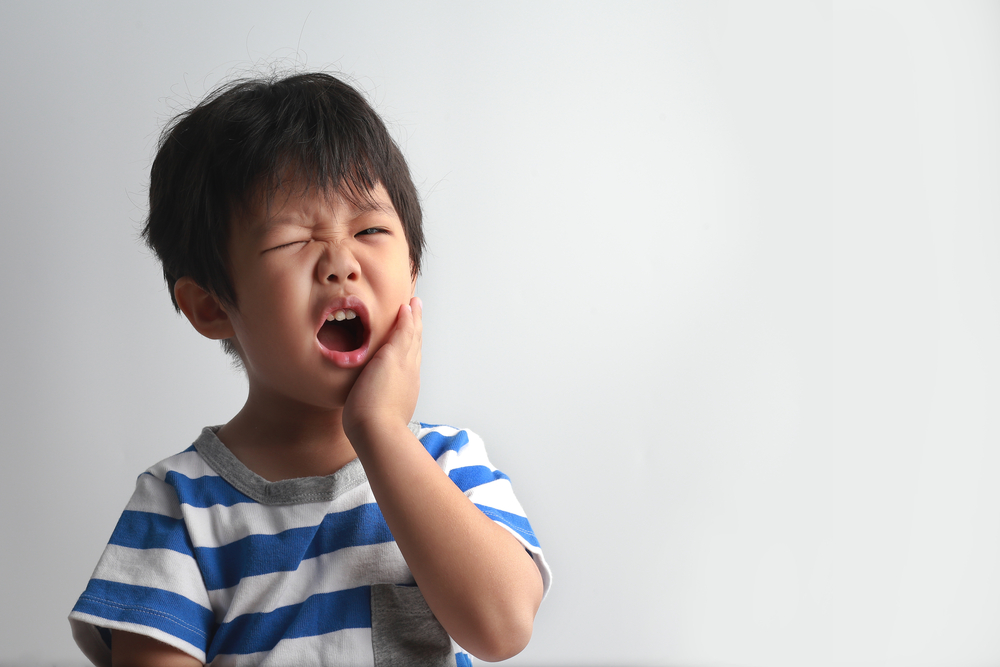
We all know that excessive amounts of soda, juice and sports drinks can cause cavities. But what about sparkling water or seltzer? Some parents have a hard time getting their little ones to stay hydrated and wonder if sparkling water is a solution to inspire better hydration habits.
In the last few years, sparkling water has increased in popularity with an array of brands and flavors to choose from. These brands boast zero calories, zero sugar and zero artificial sweeteners. So why are you seeing headlines that say sparkling water is bad for kids’ teeth?
The short answer is that any drink with carbonation has a higher acid level. Some dental studies have questioned if the acidity can wear down your tooth enamel (the visible, outermost covering of your teeth).
In this post, the team at Innovative Pediatric Dentistry is setting the record straight.
Is seltzer water bad for your teeth?
In moderation, seltzer water is not bad for kids’ teeth and it doesn’t cause cavities.
When you think of tooth decay, the main culprit that comes to mind is probably sugar. In reality, it is acid that ultimately damages teeth. The bacteria in the mouth feed on sugar and then convert it into a waste product in the form of acid. This acid then sits on the surface of your teeth and eats through enamel, eventually causing cavities.
With sparkling water, you still expose your teeth to acid but have eliminated the middleman, sugar. Carbonated water has carbonic acid, which like any acid, can be tough on enamel, but it is far less threatening to your child’s oral health than a fizzy drink with both sugar and carbonation.
Plain sparkling or seltzer water is the best fizzy drink for teeth, because it has no sugar and no extra acidity from flavorings.
Back to school: Carbonated water and teeth
As noted above, the bubbles in carbonated beverages come from the addition of carbonic acid. Sugary and acidic foods and drinks lower the pH of the mouth, which can erode enamel and cause cavities.
A healthy mouth has an average pH of 7.5. Enamel can start to break down when the mouth’s pH is less than 5.5. For reference:
- The average pH of sparkling water is about 4.5
- The average pH of flavored sparkling water can be as low as 2.5
- The pH of Coke is 2.4
- The pH of orange juice is 3.5
- The pH of regular water is 7
Saliva contains mineral buffers that help keep the mouth’s pH consistent, so it’s not about totally avoiding these drinks; it’s just about balancing them.
A study: Seltzer and teeth
The American Dental Association (ADA) published an article on the effects of sparkling water. The study used donated teeth soaked in different beverages to see which caused erosion. The teeth were exposed for 24 hours, which was thought to mimic a year of exposure to sparkling drinks.
Research showed varying degrees of erosion from every beverage aside from the non-carbonated, non-flavored bottled water. That said, the flavored sparkling waters eroded enamel to a lesser degree than regular and sugar-free soda.
Unsurprisingly, fluoridated, still water remains the number one choice for your oral health.
How do I protect my kids’ teeth?
Now that you know the occasional sparkling water does not cause cavities, here are some steps you can take to minimize any enamel erosion:
Use a straw
Reusable metal or glass straws are a great thing to keep in your family’s household. Both you and your child can reduce the contact that sparkling water has with your teeth by using a straw or rinsing with regular water afterwards.
Drink sparkling water at mealtimes
Another great tip is that if your child is going to drink sparkling water, have them pair it with a meal. The acidity of the seltzer will be diluted by the food they’re eating and the saliva they produce during meals.
Brush – but not right away
Brushing immediately after having anything acidic, including carbonated drinks, can inadvertently damage your child’s enamel while it’s in a temporarily weakened state. Instead, wait 30 minutes to an hour before brushing to give the pH in the mouth time to return to normal. Be sure to have your child brush their teeth at least two times a day using a fluoride toothpaste.
Schedule an appointment with your Naperville pediatric dentist
Another proactive way to protect your child’s teeth is to schedule regular dental visits. Our board-certified pediatric dentist, Dr. Kirby Goodwine, will work with your family to create a personalized plan that gives your child their healthiest smile. Regular checkups can also detect early signs of tooth decay and gum disease, preventing more serious dental issues in the future.
Book your kid’s preventative dental care today
Sparkling water is by no means terrible for kids’ teeth when they have it in moderation and as part of a balanced diet. Keep your child’s smile healthy with preventative care so they can safely enjoy something fizzy.


